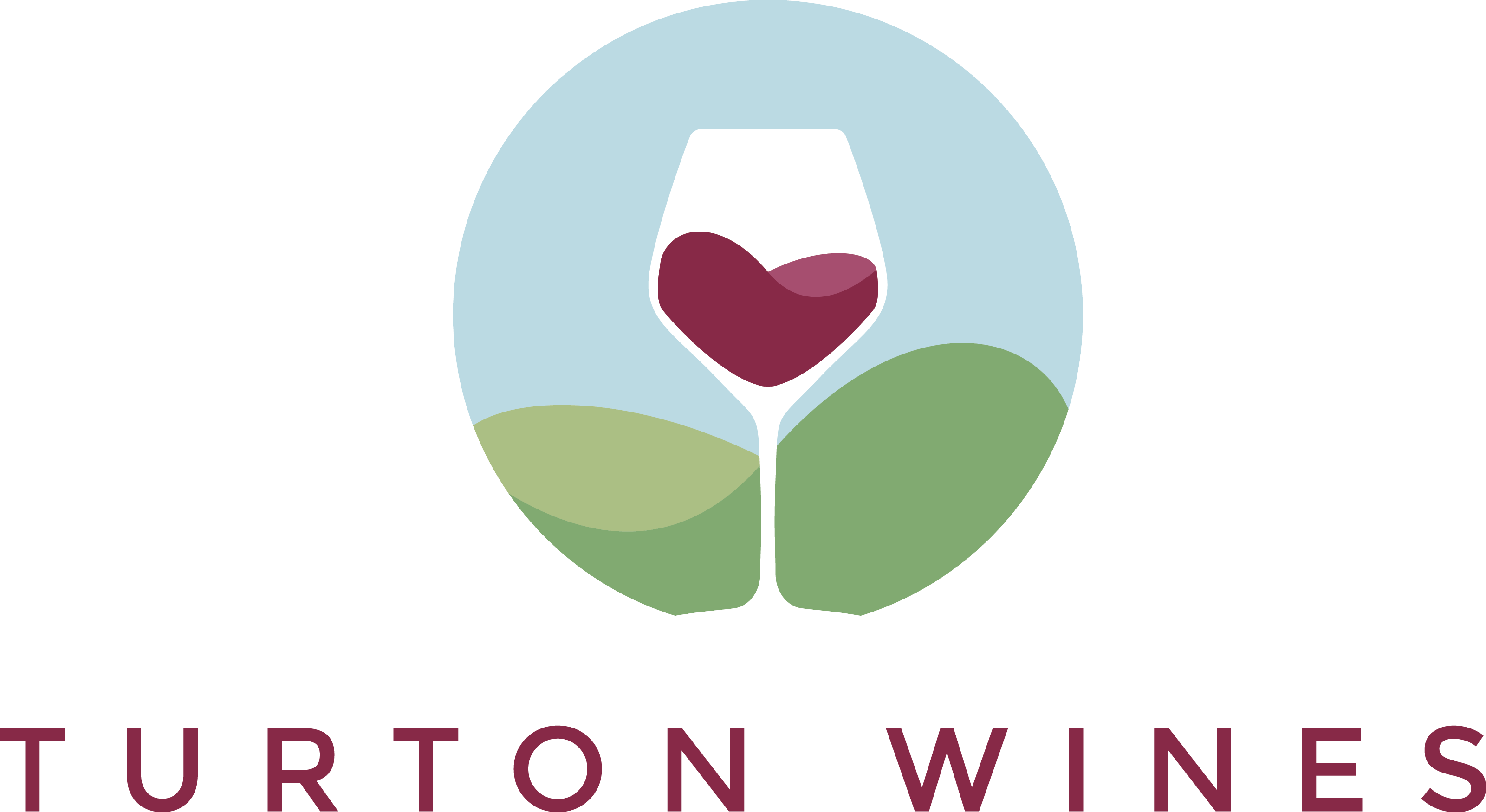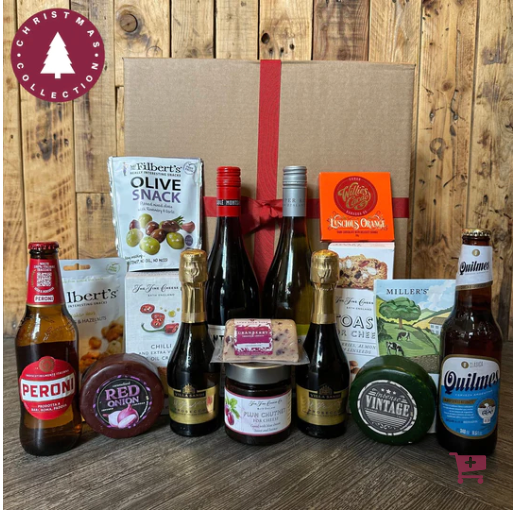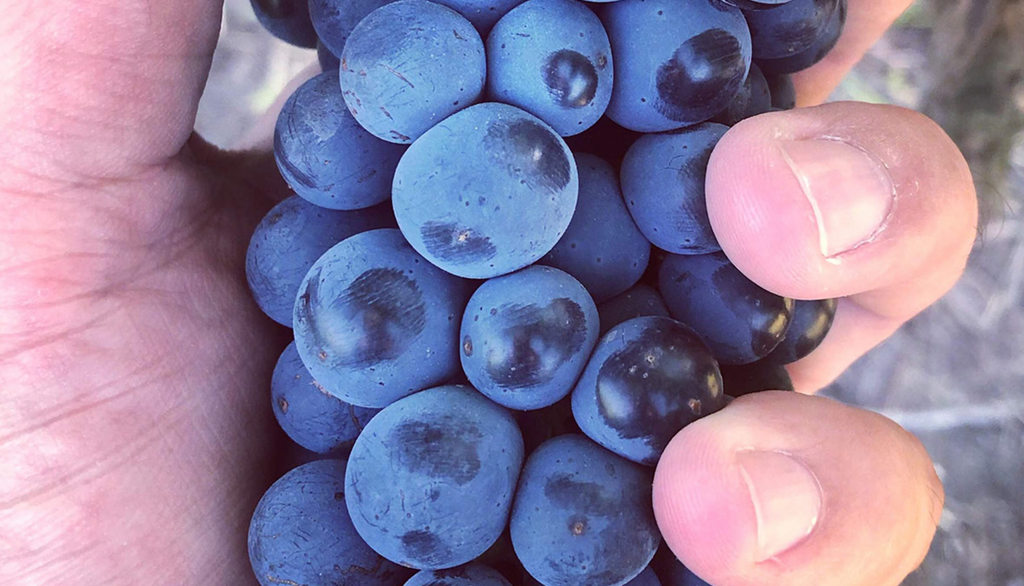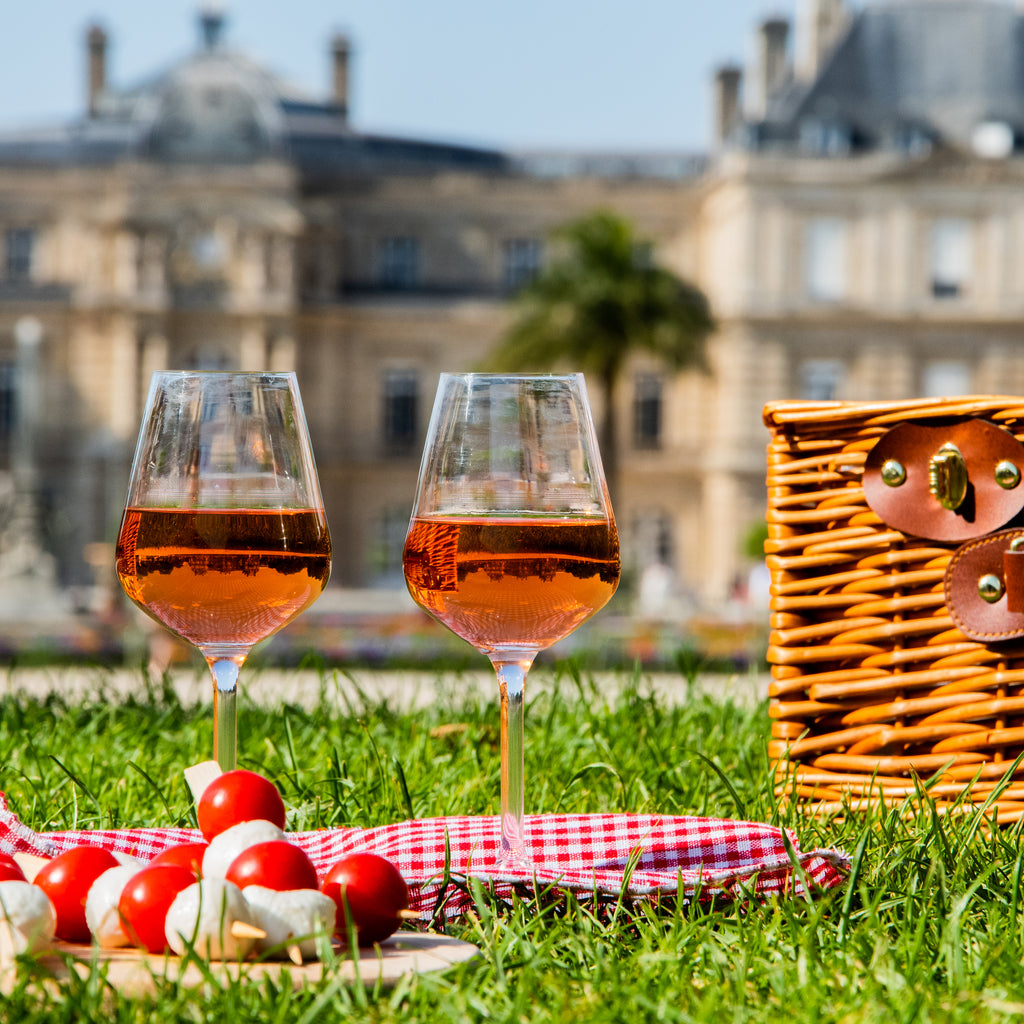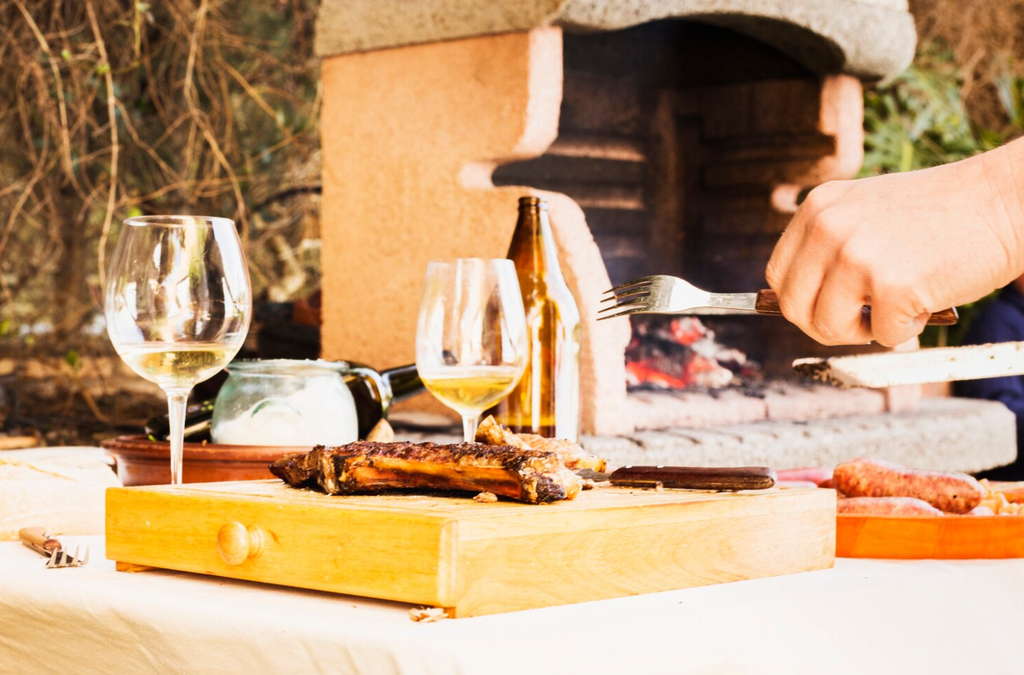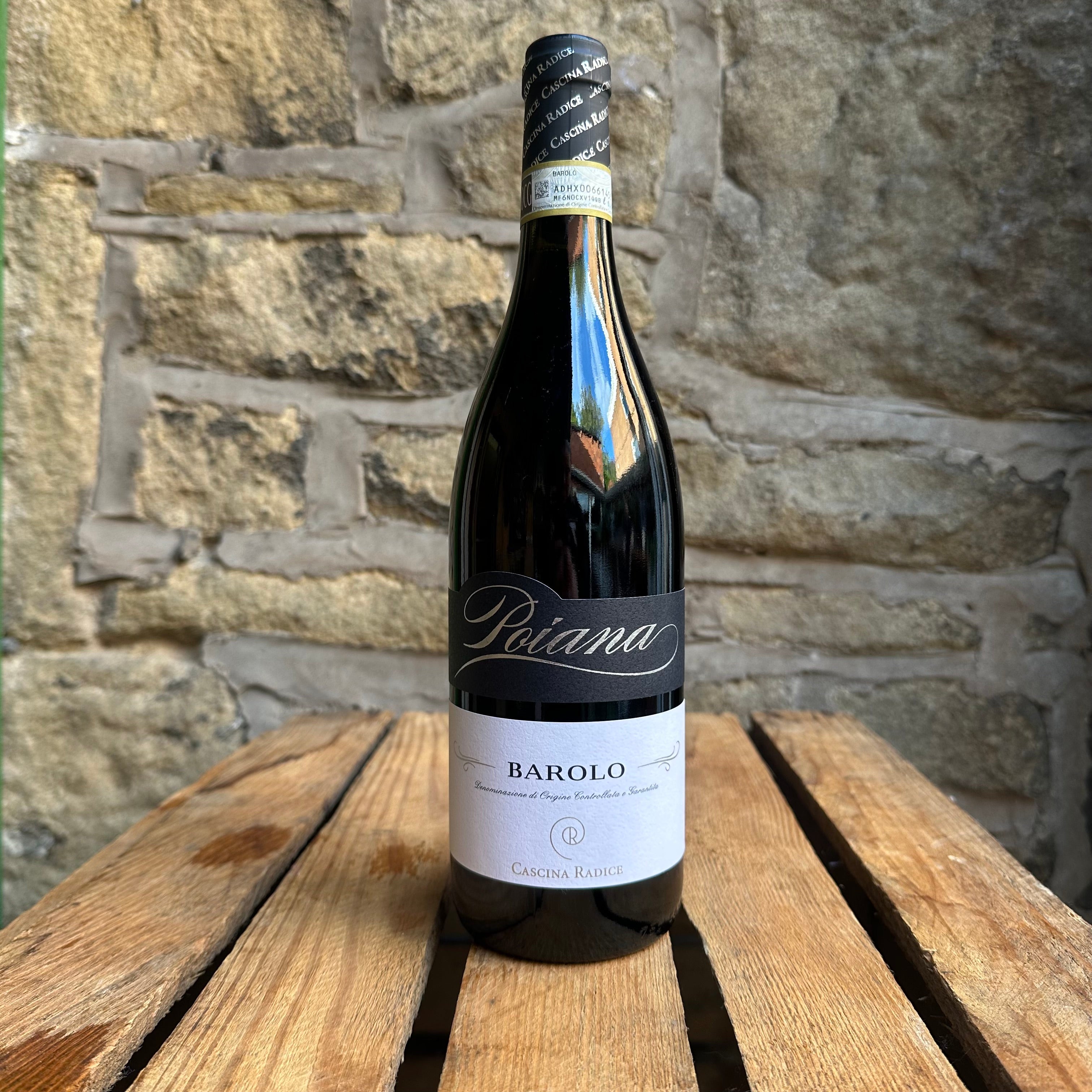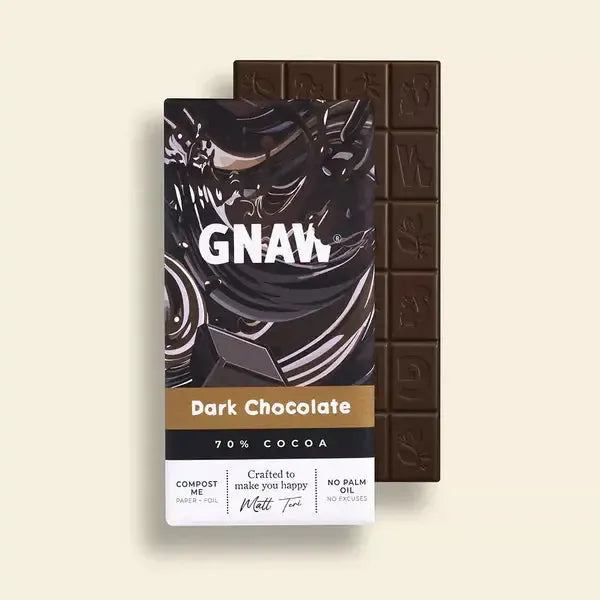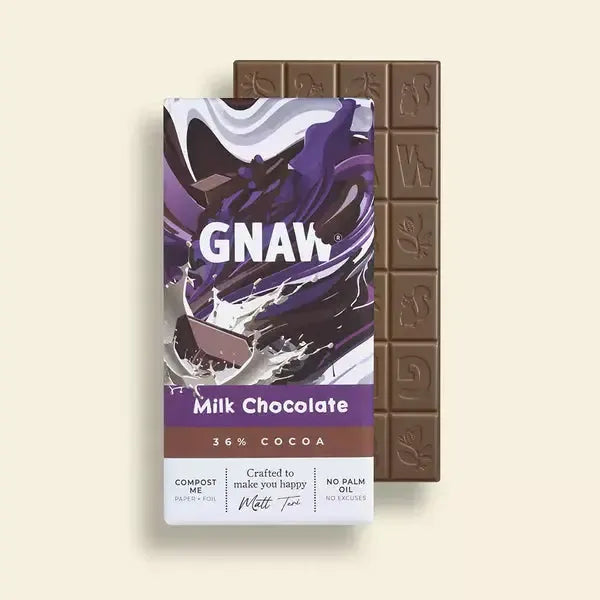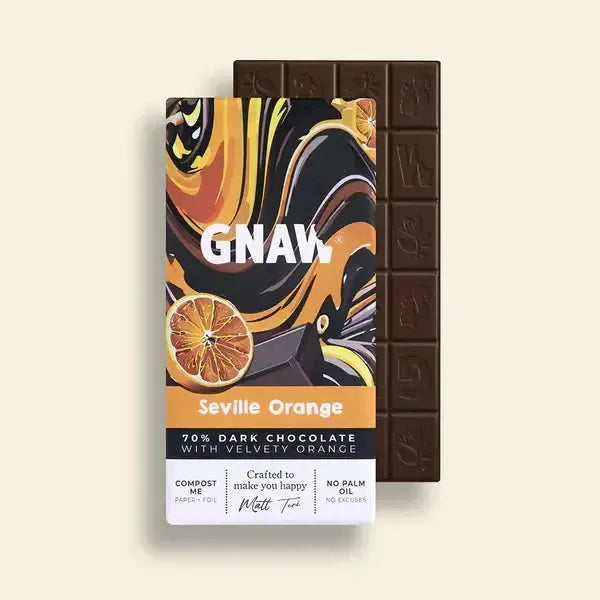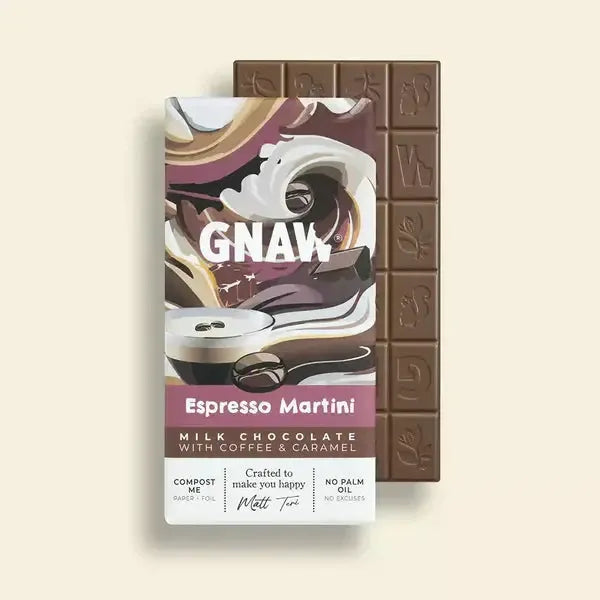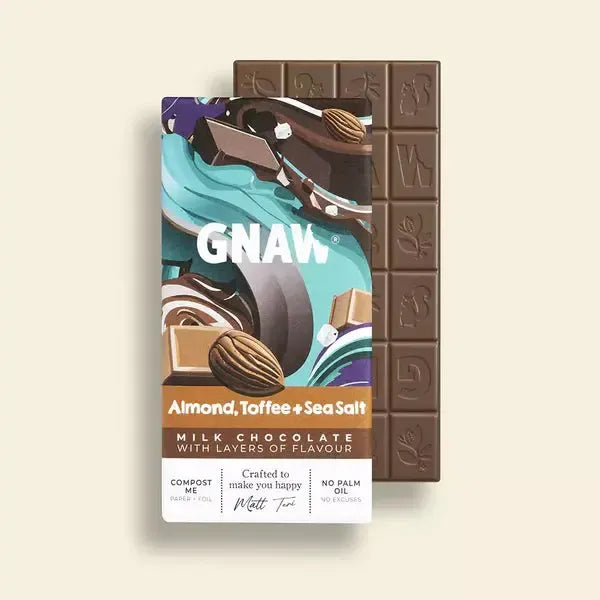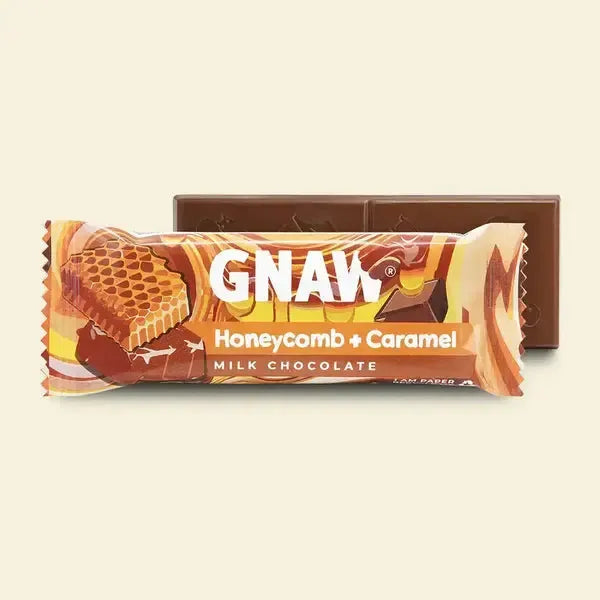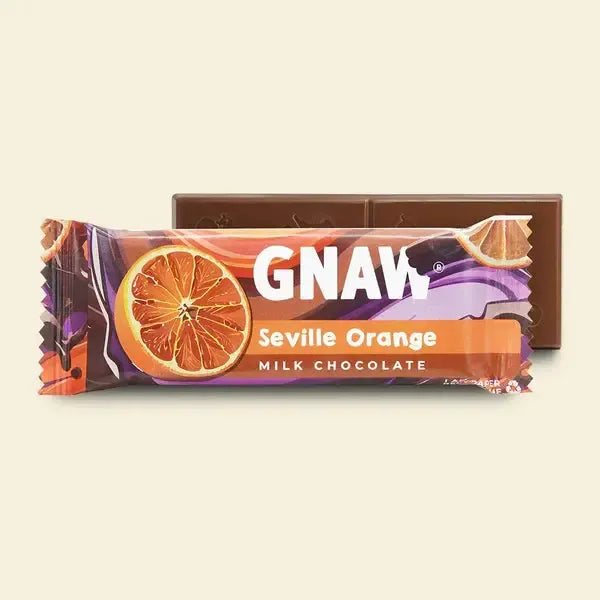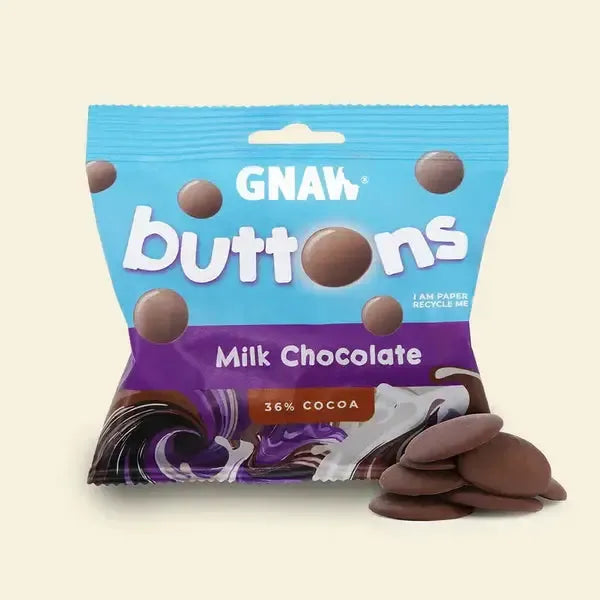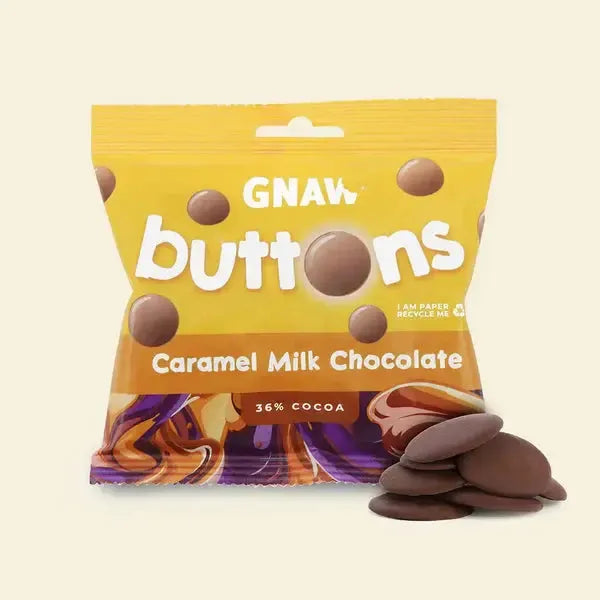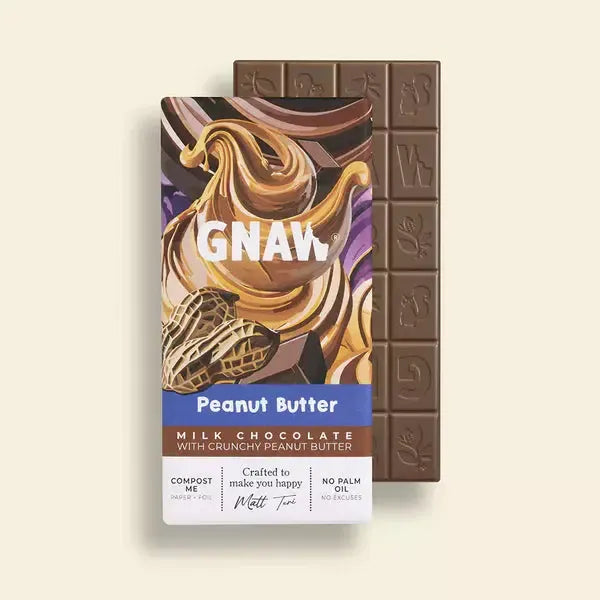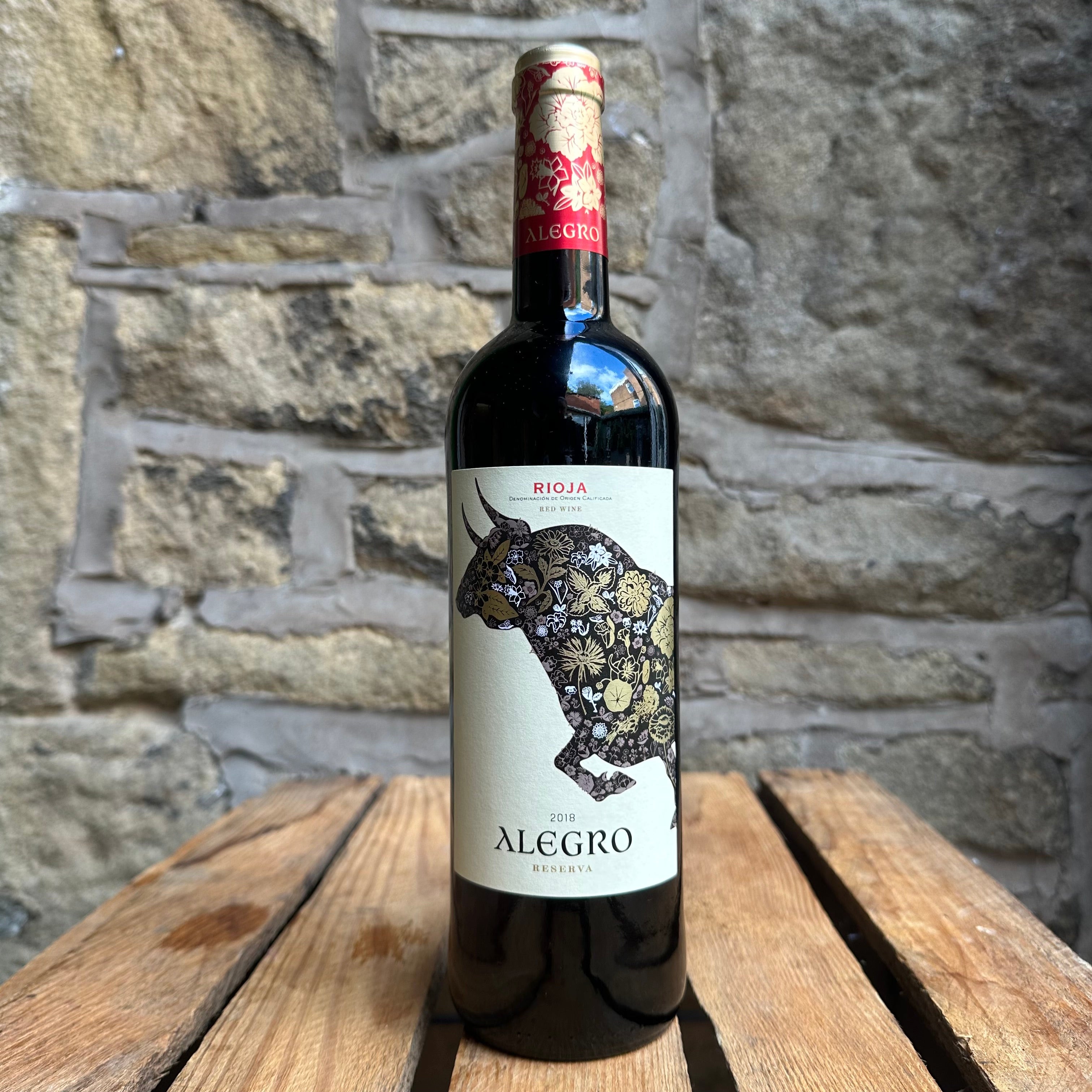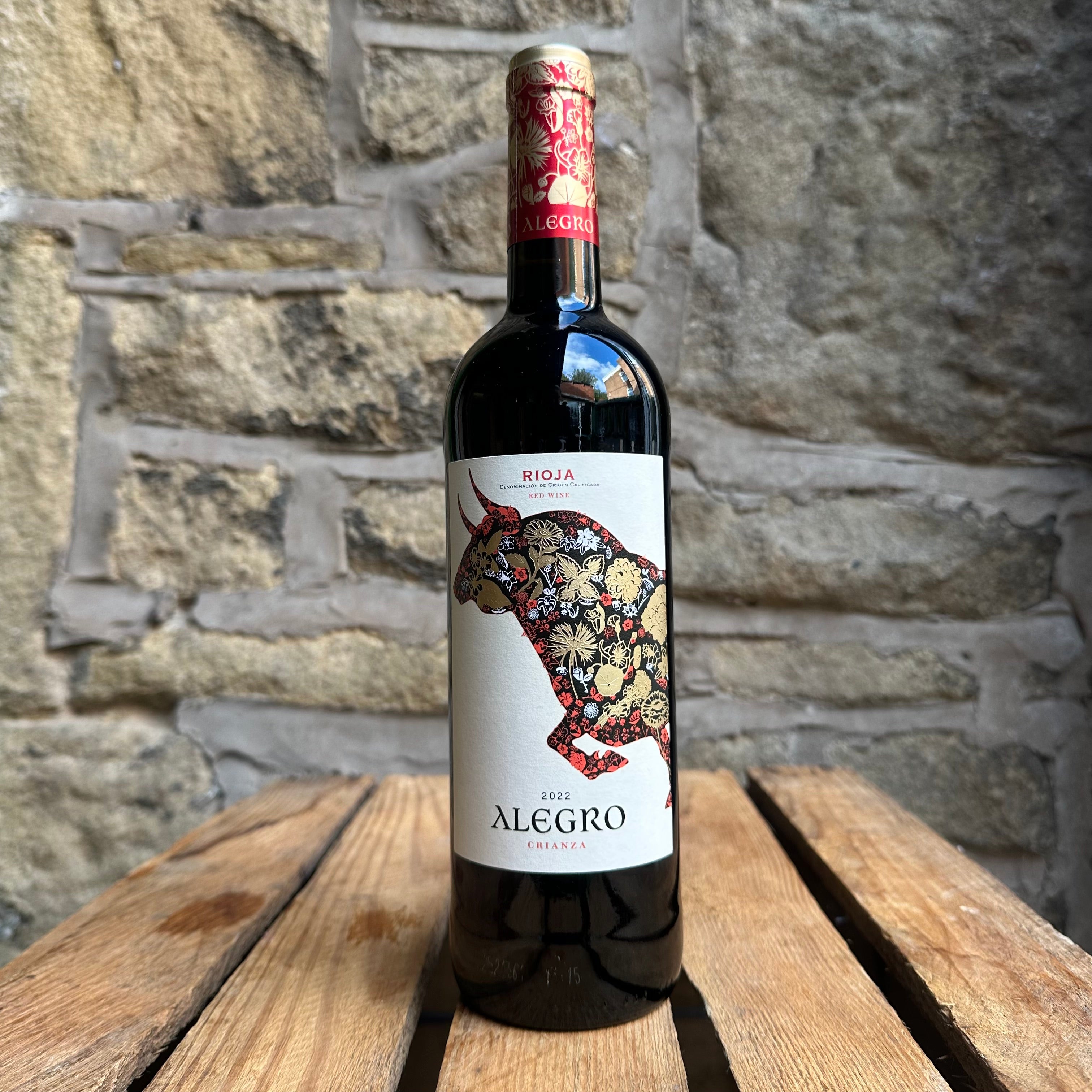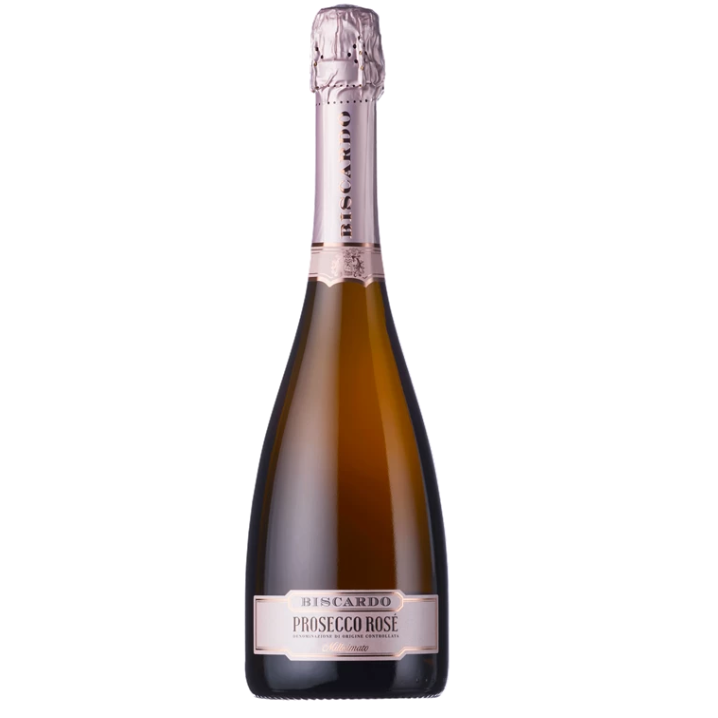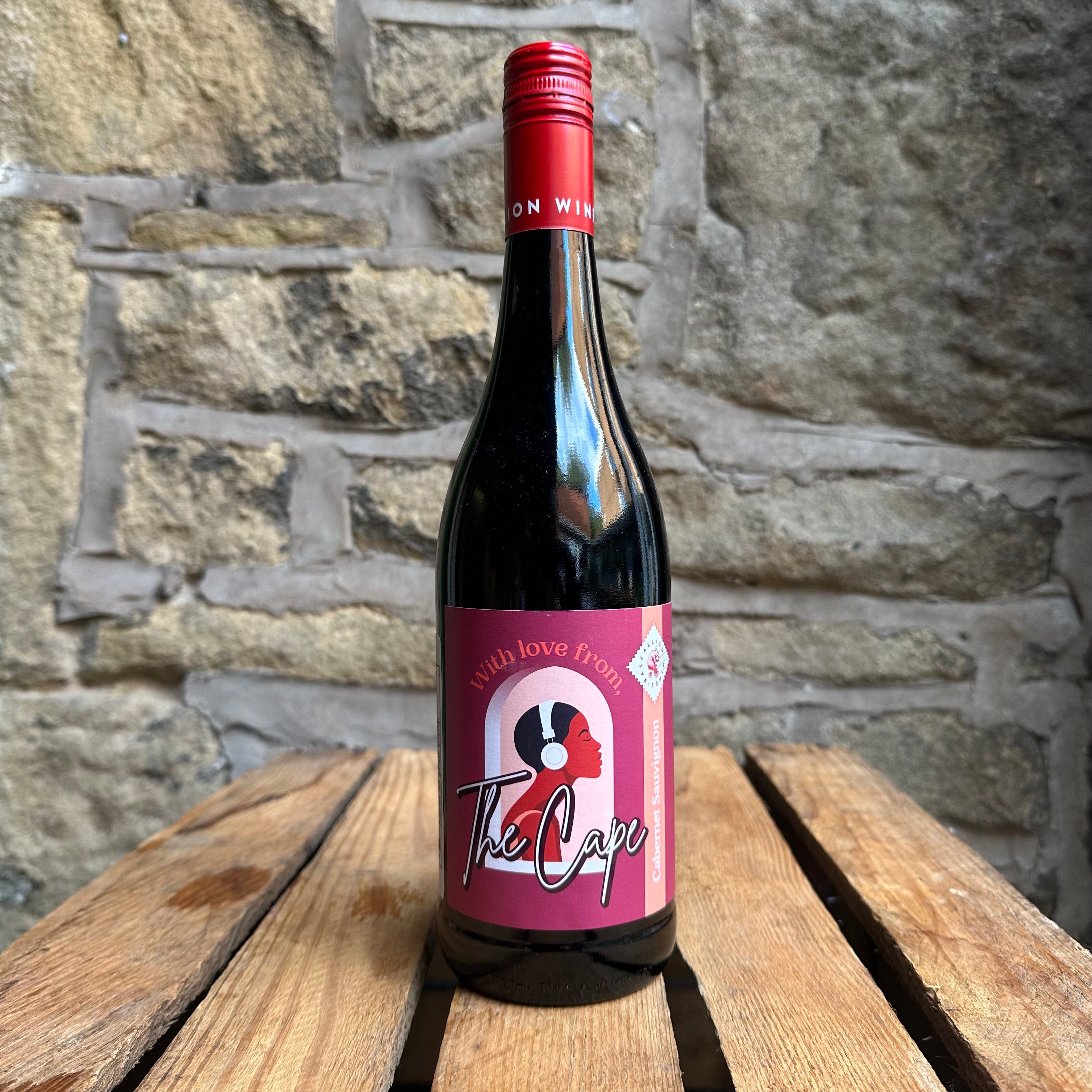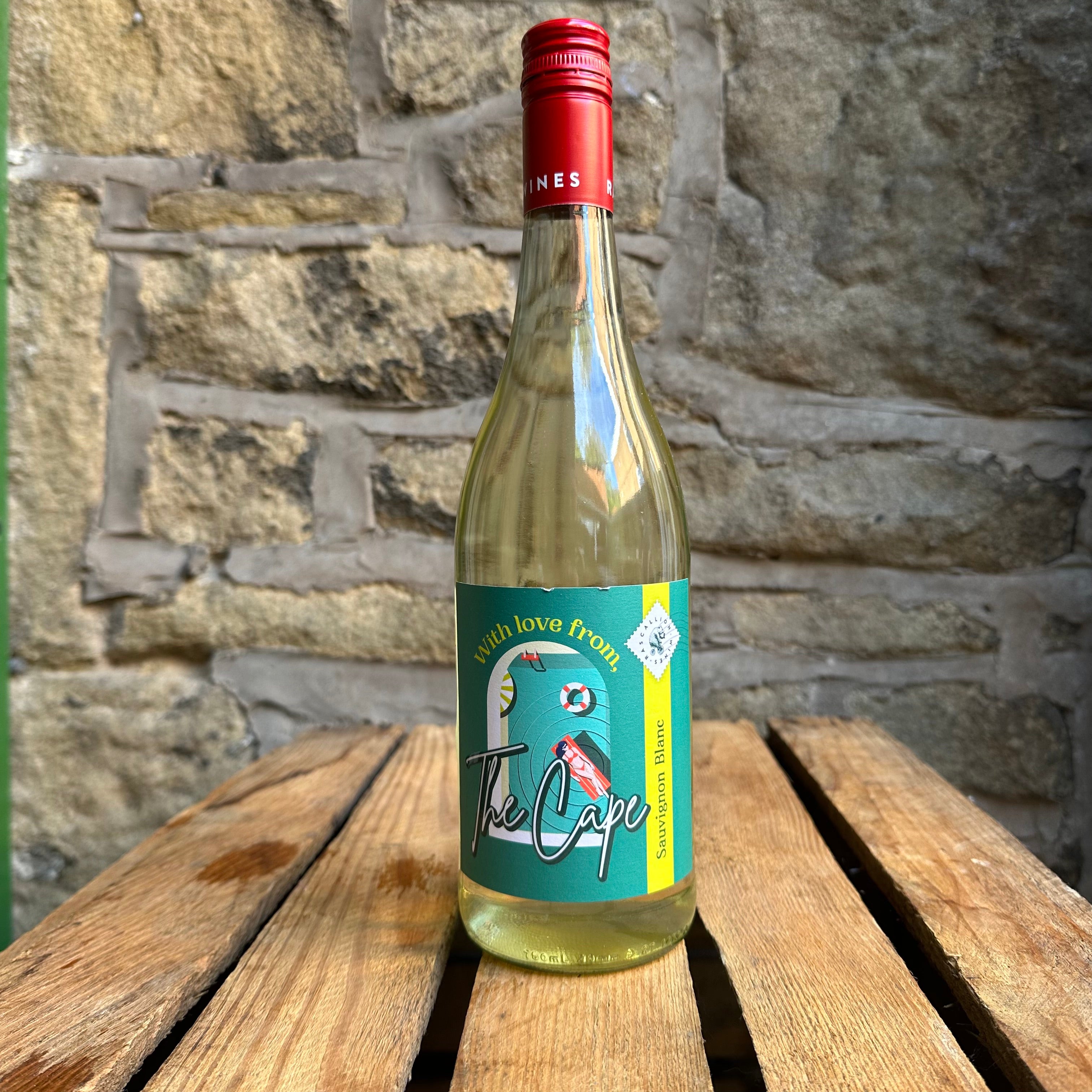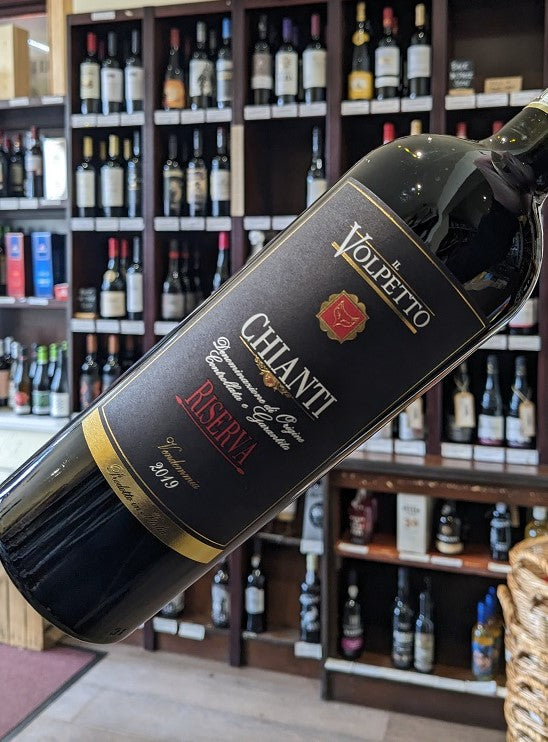
The Journey of Chianti

Chianti is thought to be the first legally defined wine appellation in the world, founded in 1716 after many years of producing this famed wine. With so many changes and ups and downs in the following three centuries, it is a testament to the quality of the wine itself that is still stands strong.
WHAT IS A CHIANTI WINE?

Known as a wine of robust structure with naturally high acidity and tannins, even the youngest Chianti can display layers of complexity. In its youth it can show red fruits (cherry, strawberry), dried herbs and florals (violet), smoke and warming spice (cinnamon), and balsamic vinegar, whilst further ageing can bring elements such as earth, tobacco and leather.
Part of the wider Tuscany region on the north western coast of Italy, Chianti continues to gain its character through a majority measure of Sangiovese grapes (for aromatic complexity and good acidity), blended traditionally with Canaiolo (adding sweetness and acid balance) and Malvasia Bianca (rounding off with freshness). Exact grape percentages were defined and restricted in the mid 19th century - 70% Sangiovese with 15% each of its blending partners.
Over time, measurements and grape types in the blend continued to change, or be relaxed, as was the area from which Chianti-labelled wines were appearing. This was partly the result of encouragement of mass-production due its popularity, with 20th century governments wishing to encourage economic investment and trade. Alongside mass plantings with higher yields, all this led to a wide reduction in quality, or at least less guarantee of it.
Pictured above: Chianti was traditionally served in woven, round bottomed baskets called Fiascos
CHIANTI DOCG

Current definitions and restrictions have successfully brought back a quality guarantee for wines labelled Chianti. Since 1996, the DOCG appellation area of seven sub-zones requires wines to be made from at least 70% Sangiovese, with majority red blending partners (i.e. Canaiolo, Colorino, Cabernet Sauvgnon, Merlot), and a maximum of 10% white grapes permitted. Wines must not be released until the March following the harvest, ensuring at least 6 months of production/ageing. Basic Chianti wines can age for a further 3 years in bottle.
Volpetto Chianti is a fine example of this improvement, combining Sangiovese with a touch of Canaiolo from Florence vineyards 200-400m above sea level. Gentle crushing and controlled temperature fermented in stainless steel is joined by frequent pumping over throughout for good colour and softer tannins. Well structured, full bodied, lively and intense, there are plentiful notes of violet, blackberry and cherry, with pleasant acidity and herbal notes on the finish.
CHIANTI CLASSICO

The Classico area adds further measures to the DOCG restrictions; 80% minimum Sangiovese (although can be up to 100%), up to 20% red grape blending partners (white grapes have not been permitted since 2006), lower yields, temperature controlled fermentation, and smaller wood barrels for ageing.
Wine must be matured for a minimum of 7 months in these smaller wood barrels, although it is usually longer prior to release, meaning Classicos can develop for a further 5 years in bottle.
Orsumella Chianti Classico shows the finest rich and full style from this area. Hand picked Sangiovese grapes from their estate vineyards in the San Casciano commune undergo a 20 day fermentation, further malolactic fermentation, and ageing for 10 months in French oak barrels. Excellent fruit intensity (dark cherry, ripe redcurrant), elegant tannins and hints of spice on the long finish.
CHIANTI RISERVA & SUPERIORE

The Riserva title can apply to a Chianti DOCG, Chianti Superiore or a Chianti Classico. It denotes a minimum of two years' ageing, at least 3 months of which are in bottle. The only difference is that wines also labelled Superiore can only use grapes from outside the Classico area.
On its own, the Superiore label still guarantees lower grape yields than the standard Chianti, with a minimum of 11 months' ageing before release. Both Riserva and Superiore examples are good for up to 5 years' ageing in bottles, whilst a Classico Riserva can continue developing for up to 10 years.
Volpetto's Chianti Riserva hand selects their best grapes from high elevation vineyards, with controlled fermentation in concrete vats joined by frequent delestages and pumpovers, before 12 months ageing in Salvonian oak barrels and the remainder in bottle before release. Intense and highly concentrated, ageing smooths the tannins and adds touches of vanilla, cinnamon, and tobacco, alongside classic sour cherry, dark fruits, fresh herbs and florals.
LOOKING TO THE FUTURE
These varying restrictions and guidelines have been key to bringing Chianti back to life, and the changes continue with the ever-widening need to show quality over quantity. Chianti Classico has recently introduced 11 separate UGAs (Unita Geografiche Aggiuntive / Additional Geographic Units) to help producers truly define their wine.
In addition, only around the top 6% of Chianti Classico wines are now able to label with both the UGA name and the title of 'Gran Selezione', with even tighter restrictions; a minimum of 90% Sangiovese and only other indigenous red grapes allowed as the remainder, all of which must be the highest quality.
